Four high school girls at STEM School Highlands Ranch, Colorado (USA), are trying to eliminate one of the fears of drivers: Colliding with wild animals.
The Rubber Duckies have designed an infrared device that can detect wild animals and alert drivers. The idea comes from their love of animals and the desire to ensure the safety of road users.
“That’s our ultimate goal, to create a device that everyone can install on their car,” said Siddhi Singh, founder of “Rubber Duckies.”
Each year, the Colorado Department of Transportation reports nearly 4,000 collisions between drivers and wildlife, costing the state's motorists an estimated $80 million.
When the opportunity arose to lead a team for the "Samsung Solve for Tomorrow" competition, Siddhi Singh invited her friends: Dhriti Sinha, Robyn Ballheim and Bri Scoville to join.
“The competition asks teams to find a problem that is affecting the community and then use technology to solve that problem,” said Tylor Chacon, a computer science teacher at STEM School Highlands Ranch.
The Rubber Duckies spent months developing a wildlife detection device. Their product was selected as a state finalist. As they advanced through the competition, the Rubber Duckies received thousands of dollars in equipment to carry out the project.
Even though they didn't win the national championship, the team still has time to continue developing the device until March next year. "I don't think we've failed. I think we'll be successful if we continue to develop the device," said member Robyn Ballheim.
Initially, the "Rubber Duckies" girls planned to create a device that used sound to keep wild animals away from cars, combined with an animal detection system and warning the driver.
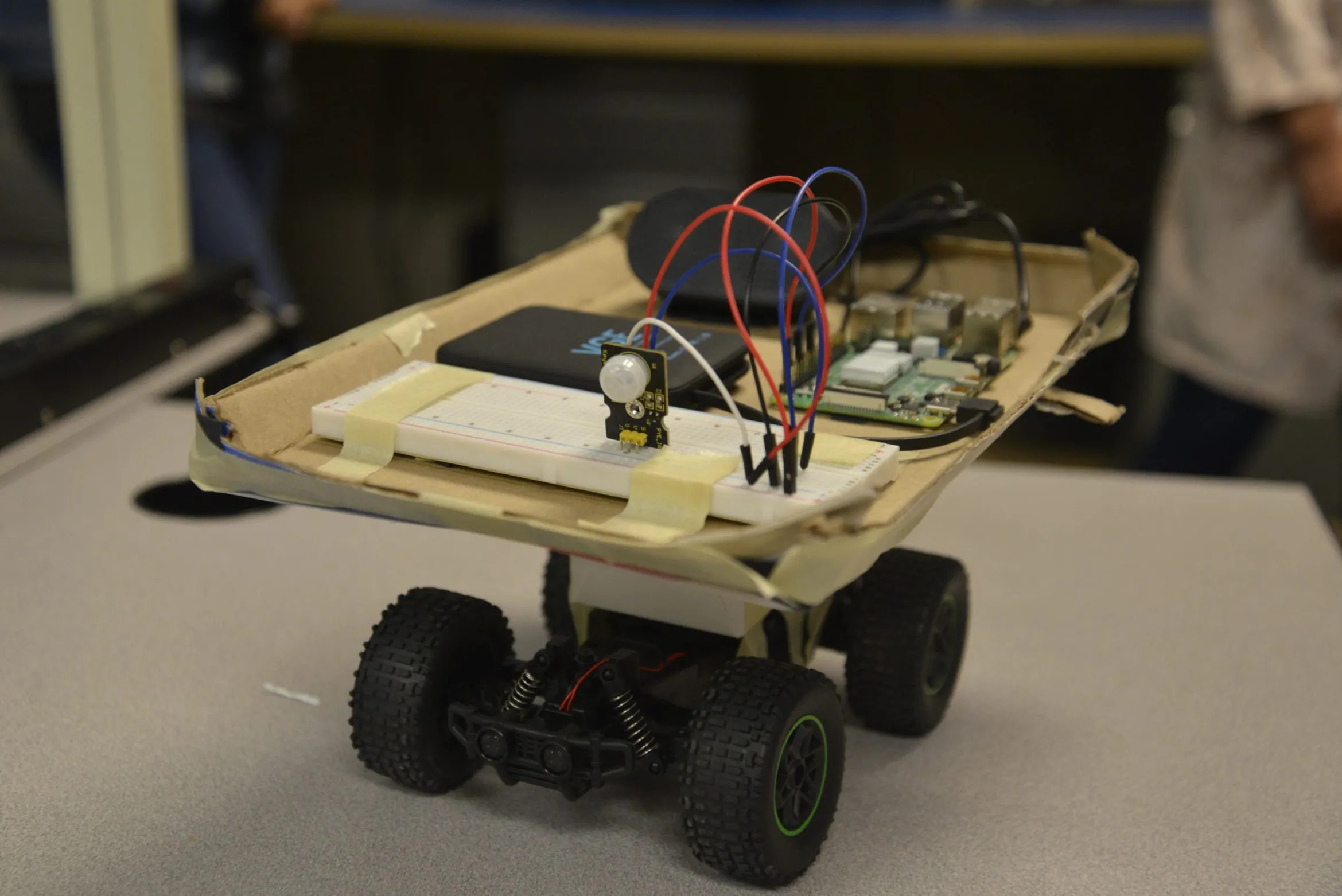
Device that detects wild animals and helps drivers avoid collisions with animals
However, after the research, the team found that using sound was not very effective in deterring animals. So the team turned to designing a driver recognition system. The team programmed sensors to track movement to activate warning lights.
Then, develop an algorithm to track the animal's thermal movement through the camera, determining whether the animal is approaching or moving away from the road.
“With this system, we basically identify problem areas in the image by referencing thermal data, distance data, and object tracking data, and then use artificial intelligence to classify them,” said Tylor Chacon.
If all of that data matches, we can confirm the high probability that an animal is approaching your field of view."
On their next journey, the “Rubber Duckies” team is focusing on developing the device to integrate more filters. The team plans to design it similar to a dash cam, mounted on the windshield.
The girls are also working on ways to connect the device to cars via Bluetooth. The Rubber Duckies also plan to enter the Samsung Solve for Tomorrow competition next year with the improved device.
But the team's goal isn't just to win, it's to hopefully see the technology make its way into production cars in the future.
“We hope to inspire other girls to innovate,” Bri Scoville shared. “Just by taking a fun approach from our own imagination, we can create in ways that have never been done before and find breakthrough solutions, while making our impact.”
They're high school students not old enough to drive, but the "Rubber Duckies" are paving the way for safer roads and more women entering the fields of Science, Technology, Engineering and Mathematics (STEM).
Source: CBS News, Colorado Community Media
Source: https://phunuvietnam.vn/nhom-nu-sinh-che-tao-thiet-bi-phat-hien-dong-vat-hoang-da-20241201143713429.htm








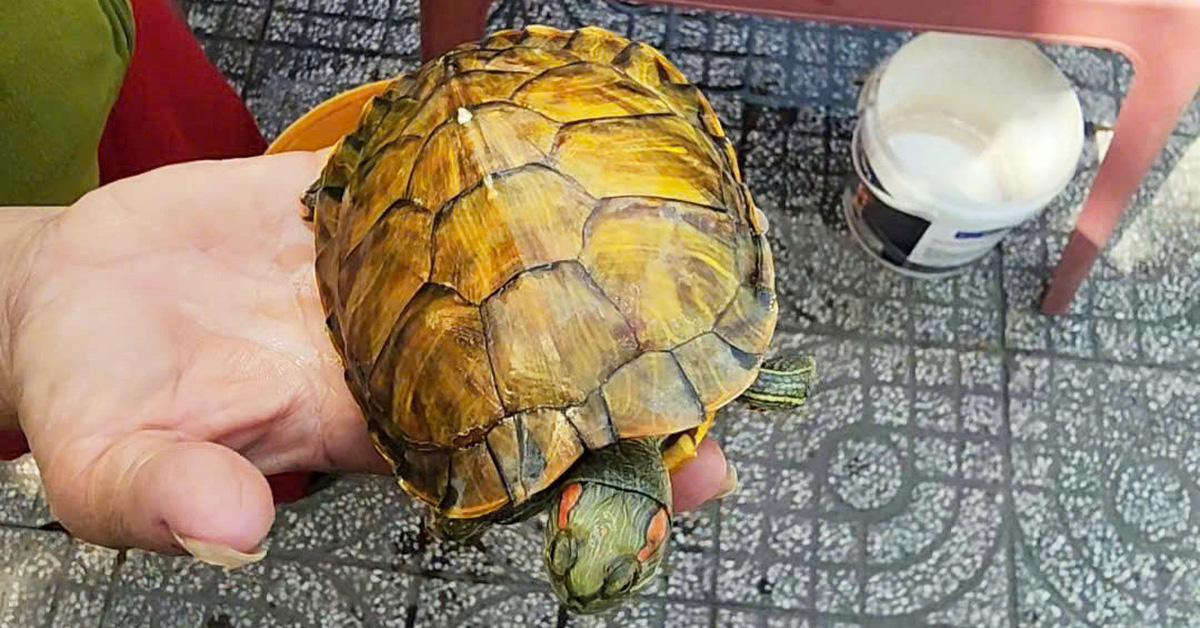

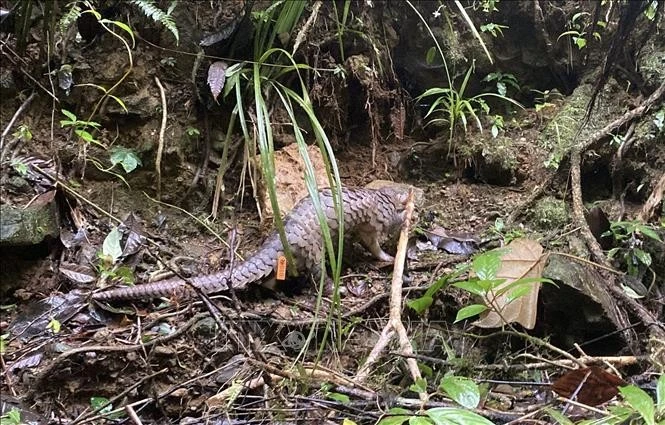



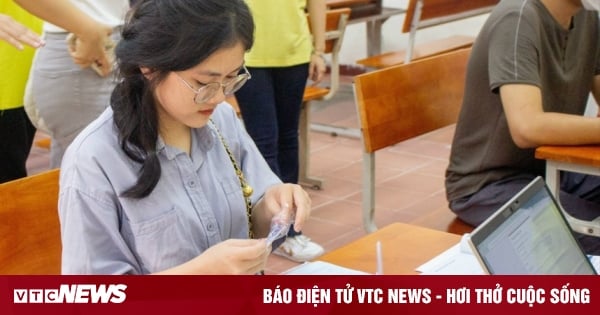

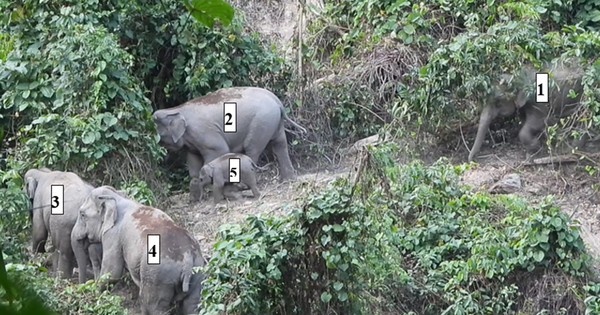







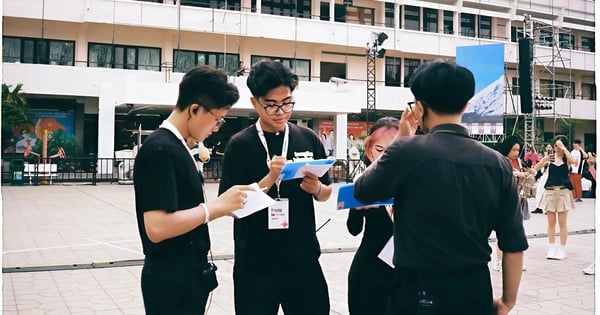



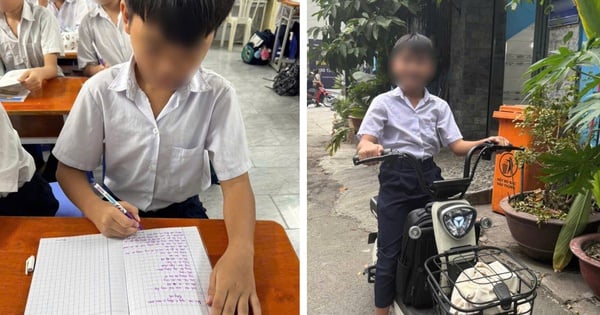
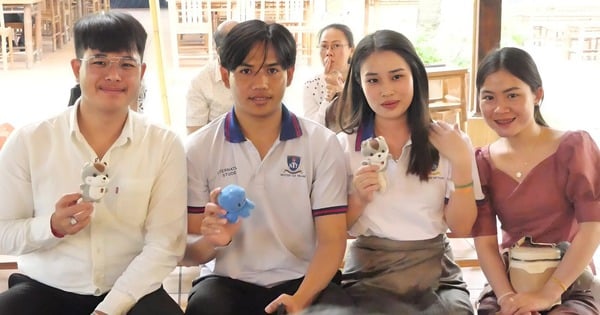
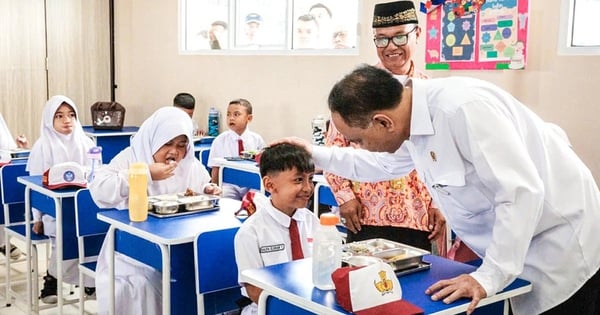








Comment (0)